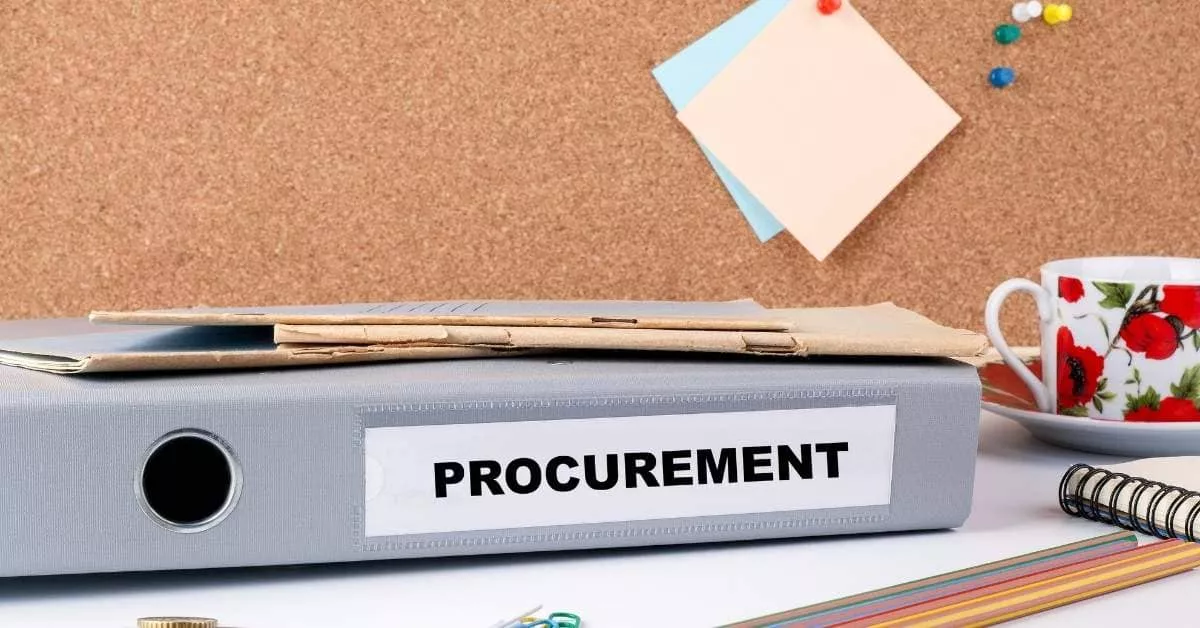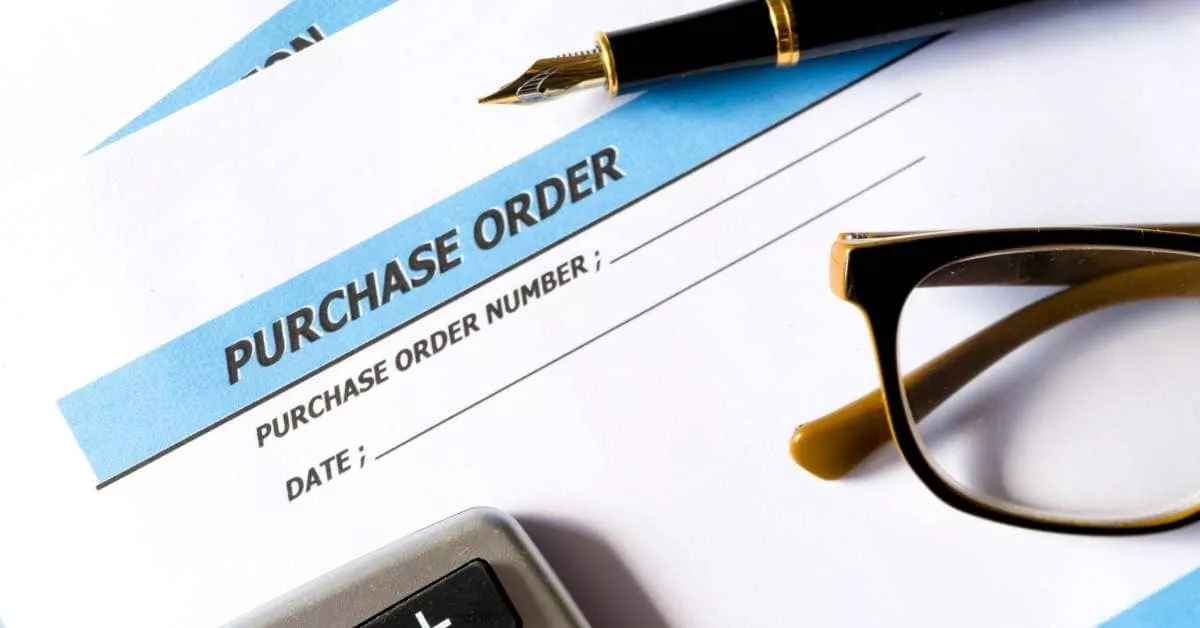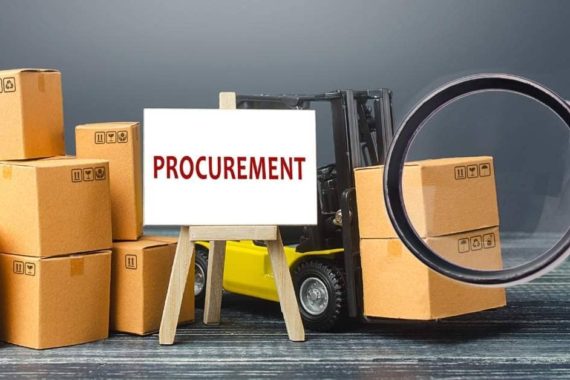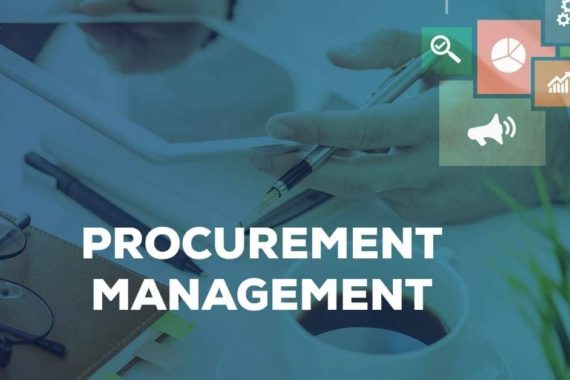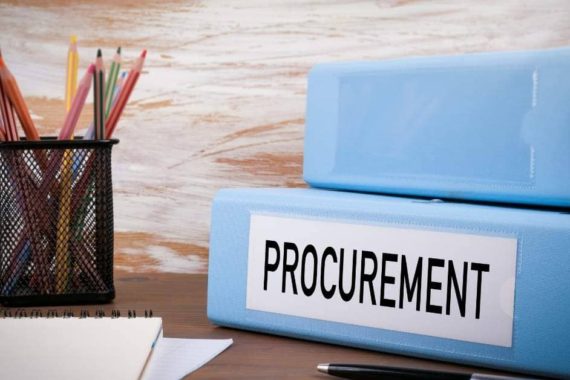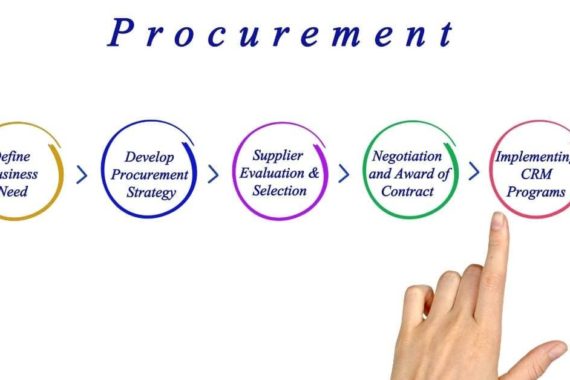
Introduction
Procurement is the process of acquiring goods and/or services from a vendor, typically through a bidding process. Procurement often involves making buying decisions under conditions of scarcity. If you’re like most procurement professionals, you probably work in a team environment and collaborate with other people when managing your company’s procurement process. While the duties vary depending on the organization, there are generally three primary types of the procurement: direct, indirect, and services procurement. Procurement professionals handle everything from strategic sourcing to contract management to supplier relationship management (SRM).
What is Procurement?
Procurement is the process of acquiring goods and services for a business. It’s a critical part of business operations, as it helps ensure that your organization has the resources required to run effectively. For example, if you need to acquire new computers for your office or new software for your employees, procurement would be involved in getting those items from a supplier.
The procurement process can be broken down into three phases—planning and decision-making, sourcing (finding suppliers), and contract management (finalizing agreements). Each phase has its own set of responsibilities that need to be handled properly in order for the entire process to go smoothly:
The Procurement Process – From Start to Finish
The process of procuring goods and services, commonly referred to as the procurement process, is a cyclical lifecycle that can be used to manage the purchasing activity within an organization.
The procurement process starts with identifying what you need and then continues through all steps in the buying process before ending with payment for your purchase.
Create Requisition
Before you can begin purchasing goods and services, it’s necessary to create a requisition. A requisition is an official request for goods or services that are needed by your company. It’s similar to a purchase order in that they both outline the specifics of what you need, but they differ by what happens next: while purchase orders can be processed immediately after being approved (once they’re signed off on by appropriate parties), requisitions must go through approval processes before being finalized.
One of the first things to consider when creating a requisition is how much money should be allotted for each purchase—this amount will depend on multiple factors like how much inventory is available in stock and how urgent it is that you receive these items; however, there are some general guidelines worth noting:
- If possible, try not to to exceed 100% of your budgeted amount (or 80% if you have more than one person who needs access). This helps ensure that there’ll always be enough funds available at any given time if unforeseen costs arise later down the line.
- Don’t worry too much about overspending as long as everything gets paid back within two months’ time after the delivery date arrives; otherwise, contact the administration department first before approving anything else so they know what went wrong here too!
Identify Vendors
Once you have identified the need, your next step is to determine how many vendors you will be choosing from and what their roles will be. This means identifying which departments or divisions are involved in the procurement process and how they fit into the overall organizational structure, as well as deciding if a single vendor will meet all of your needs or if it’s more efficient to split them between multiple suppliers.
Once all of this has been determined, then it’s time to start looking for those potential vendors. You can do this in one of two ways: either by reaching out directly through sites like LinkedIn or by contacting their sales representative(s). If you choose the latter option, then make sure that each company has an official website before submitting any information about yourself or your organization; otherwise, there might not be enough information available for them to respond effectively!
Negotiate & Agree on Terms
The process of negotiating and agreeing to terms with your vendor is one of the most important things you can do as a buyer. Negotiating with vendors can be difficult, but it’s important to not lose sight of why you’re doing it: getting the best price, while still making sure that the product or service meets all your needs.
You’ll want to set up an initial meeting with potential vendors before negotiations begin (more on this later). During this meeting, ask questions about what they offer and how much it costs. The answers will give you insight into whether or not they can meet your requirements. At this point, it may seem like there isn’t much room for negotiation since you haven’t yet discussed specific products or services—but don’t worry! It’s still early in the game and everyone is eager to make sure they’re getting their priorities met first and foremost.
Once both sides have agreed upon basic terms—price, delivery date, warranty length/warranty period—it’s time for formal contracts between buyer and seller…
Create Purchase Order (PO)
A purchase order is a document that records a buyer’s pledge to pay for goods or services. It’s one of the most important steps to take when ordering goods or services for your business because it ensures that you are clear about what you’re ordering, who is responsible for delivering said product or service, and when payment will be made.
As with most documents in the procurement process, there are two parties involved: The buyer (you) and the seller (the vendor). The buyer submits an official request for goods or services to a vendor by issuing them a purchase order. The vendor then delivers their end of the bargain by providing those goods/services within an agreed-upon timeframe at an agreed-upon cost per unit. Once everything has been delivered according to specifications outlined on your PO—and if there are any changes heretofore unknown—it’s time to process payments!
Evaluate & Approve Vendors
It’s important to review a vendor’s compliance with federal, state, and local laws. Some things to look out for are tax compliance, insurance coverage, quality control standards, product safety testing, and environmental compliance.
In addition to evaluating legal requirements, you may want to conduct a pre-award audit of the vendor’s financial stability. It is also essential that you check references from previous customers or partners who can vouch for their business practices.
Receive Invoice from Vendor
A vendor is a person or an organization that sells goods or services to another person or organization. If you’re buying a camera for your wedding, for example, the camera store is your vendor. When you pay for your order, they send an invoice (sometimes called a bill) to you as well as the seller of the good or service that was provided by them—in this case, it would be your photographer who took care of all those amazing shots at the wedding! The invoice includes information about what products were purchased and how much each item costs in addition to taxes and shipping costs (if applicable).
Receive Goods & Check Invoice Against PO & Invoice
When the goods arrive at your facility, you should check them against the purchase order (PO) to make sure they are correct. Then check them against the invoice to make sure that they match up with what was ordered. If anything is different, contact your supplier and ask them why there’s a discrepancy.
Some suppliers may not offer this service, but if yours does and you’re willing to pay for it—and it’s important enough for you that you want it done—you can request an inspection of goods before they’re shipped from abroad. This could include anything from an actual factory visit or warehouse tour to checking invoices and POs against one another once they’ve arrived in port or at customs.
Match Invoice & Receipts Against PO & Approve for Payment
Now that you have verified the supplier invoice you can match it with your purchase order. The first step is to open the purchase order in Microsoft Dynamics 365 for Finance and Operations, then click on the line item that corresponds with the supplier invoice.
Next, look at both documents to determine whether they match up correctly:
- If there are any differences between what was ordered and what was received, check whether they are reflected correctly on both documents. If not, correct them accordingly before moving forward.
- If all looks good here, go ahead and approve payment for this specific line item; this will trigger a payment request for approval from finance (if enabled).
A procurement process should be customizable and scaleable to fit your business.
Your procurement process should be customized to fit your business. For example, if your company is small but growing rapidly, you might need a more flexible procurement process than one that’s highly structured and time-intensive. On the other hand, if you have a large organization with multiple departments and high volumes of purchases, then it would make sense to implement a robust and scalable procurement system.
Conclusion
While there are a number of steps in the procurement process, it’s important to note that not all businesses need to include every step. Procurement is about purchasing goods and services for your business, so if you don’t buy things from vendors then you probably don’t need a formal process – at least not one that includes steps like receiving invoices or creating purchase orders. The key takeaway here should be that technology can make these processes run more smoothly, so if your company doesn’t have an automated system yet they should consider investing in one soon!


